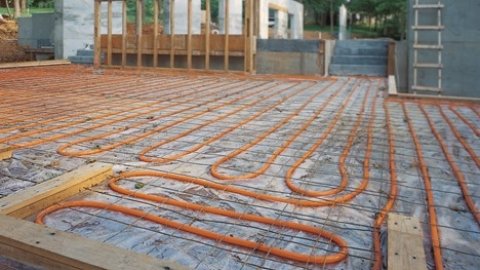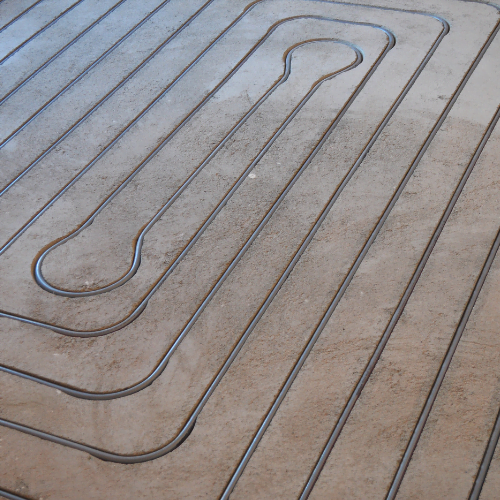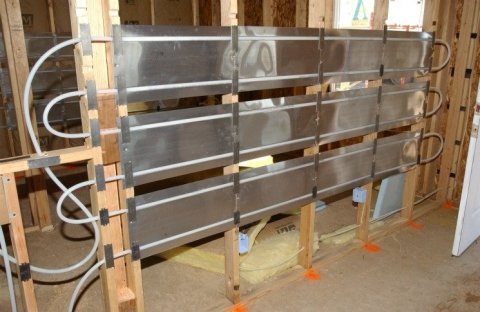HVAC Heating Radiant Heating Services and Repair
When it comes to keeping your home warm and comfortable during the colder months, having a reliable heating system is crucial. One popular heating option that many homeowners choose is radiant heating. Radiant heating systems provide efficient and consistent warmth by directly heating the objects and surfaces in a room, rather than just the air. If you are considering radiant heating for your home or need repair services for your existing system, our HVAC experts are here to help.

There are three types of radiant floor heat — radiant air floors (air is the heat-carrying medium), electric radiant floors, and hot water (hydronic)
radiant floors. You can further categorize these types by installation. Those that make use of the large thermal mass of a concrete slab floor or lightweight concrete over a wooden subfloor are called “wet installations,” and those in which the installer “sandwiches” the radiant floor tubing between two layers of plywood or attaches the tubing under the finished floor or subfloor are called “dry installations.”
Like any type of electric heat, radiant panels can be expensive to operate, but they can provide supplemental heating in some rooms or can provide heat to a home addition when extending the conventional heating system is impractical.
Radiant panels have the quickest response time of any heating technology and — because the panels can be individually controlled for each room—the quick response feature can result in cost and energy savings compared with other systems when rooms are infrequently occupied. When entering a room, the occupant can increase the temperature setting and be comfortable within minutes. As with any heating system, set the thermostat to a minimum temperature that will prevent pipes from freezing.
Radiant heating panels operate on a line-of-sight basis — you’ll be most comfortable if you’re close to the panel. Some people find ceiling-mounted systems uncomfortable because the panels heat the top of their heads and shoulders more effectively than the rest of their bodies.
What is Radiant Heating System?
Radiant heating is a method of heating that involves the use of radiant energy to transfer heat directly to objects and surfaces in a room. Unlike traditional heating systems that rely on forced air or baseboard heaters, radiant heating provides a more even and comfortable heat distribution. It can be installed under the floor, in the walls, or even in the ceiling, depending on the specific needs and layout of your home.The Benefits of Radiant Heating
There are several advantages to choosing radiant heating for your home:-
Energy Efficiency:Radiant heating systems are highly energy efficient because they do not rely on ductwork or air circulation to distribute heat. This means there is less heat loss, resulting in lower energy bills.
- Comfort: Radiant heating provides a more consistent and comfortable heat compared to traditional heating methods. It eliminates cold spots and drafts, creating a cozy environment throughout your home.
-
Improved Indoor Air Quality: Since radiant heating does not involve the movement of air, it reduces the circulation of dust, allergens, and other airborne particles, leading to better indoor air quality.
- Quiet Operation: Radiant heating systems operate silently, without the noise associated with forced-air systems.
- Design Flexibility: Radiant heating can be installed in various areas of your home, including under different types of flooring, allowing for greater design flexibility.











